SEL is no longer relegated strictly to counselor’s offices—in many cases it has now become an added responsibility for classroom teachers, but there do not seem to be a lot of guidelines or information for how this should be implemented. There are many who feel that these concepts should be integrated into other components of the curriculum and yet there is also a contingent who believe there should be intentional and isolated time for SEL “lessons.” Whichever route you choose, chapter books and picture books make for a great foundation for your teaching!
Defining the Components
Because the concept of SEL is broad and can be interpreted in a variety of ways, defining the specific parameters or framework for a state or district can feel overwhelming. While generally all interpretations of the broader subject include traits such as empathy, integrity, responsibility and honesty among others, it can be helpful to look to a reputable entity such as CASEL for guidance. This or some other adherence to specificity of the character traits and social skills to target allows us to hone in on what exactly we’re aiming to accomplish which makes for a higher likelihood of achieving success.
This viewpoint is underscored by former Brookings Senior Fellow in the Center on Children and Families in the Economic Studies program in his appearance on the Ed Next Podcast episode What Studies Really Show about Social and Emotional Learning. (Relevant content begins around the 9 minute 30 second mark.)
“It’s that specific focus rather than the focus on broad traits and dispositions that I believe is the productive path forward. We’ve already seen a lot of work in those areas and I think it’s important as we move forward in social emotional learning in schools to incorporate that prior work.”
Getting to the Heart of the SEL Concepts
Once we have some structure to what we’re trying to achieve within the broader umbrella of SEL, we can begin to strategize methods of imparting specific SEL skills to our students. When we deconstruct the behavioral components, there are inherent and foundational elements of story/literature that provide an easy and natural cornerstone for doing this. We can create an example to illustrate a concept in a non-personal and unthreatening manner, and there are a myriad of other activities to spark real connection with the social emotional concepts that can springboard from elements of story.
There is a great deal of support for using literature to strengthen social emotional skills among psychological and education experts alike. In their article exploring the concept of Using Children’s Literature to Strengthen Social and Emotional Learning published in School Psychology International, Heath et al proclaim that “discussions about the story and participation in related activities provide opportunities to practice and apply the targeted [SEL] skill. Post-story activities strengthen the link between the story’s core message and personal relevance” (13). Thus, with a bit of concerted effort, we can go beyond letting the act of reading (or being read to) be a passive activity in which we hope the greater character lesson got through to students and really make it a focal point. For this reason, among others, CASEL itself includes books/stories among its approved instructional methods “typically found in evidence-based SEL programs.”
Additionally, there are noted educational psychology theorists who present reading fiction (or having it read aloud) as effective ways of increasing empathy and related character traits. Among those experts are Emanuele Castano and David Comer Kidd who published their findings on connecting reading literary fiction and its ability to improve Theory of Mind (the psychological concept of understanding others’ mental states) in Science, a peer-reviewed journal published by the American Association for the Advancement of Science.
How to Put Theory into Practice
Knowing that story is a great background for addressing SEL topics is a useful piece of information, but it still leaves a lot of questions to be answered and decisions to be made. Selecting the right stories may feel like a daunting task, particularly with older elementary, middle or high school students when the titles do not always directly correlate to SEL topics. Additionally, without a formal plan or resource to help structure the lesson, it puts one more burden on individual teachers as they have to familiarize themselves with the book and create or research questions and activities that reinforce the chosen character elements at the right level.
These are all valid concerns. However, they are not as problematic as they may seem. Book selection is an issue that can be easily solved with access to the right resources. Familiarizing yourself with titles that are National Book Award or Newbery winners, asking for input from librarians or requesting a custom booklist from the literacy experts at Booksource are quick and effective solutions to this quandary.
As is the case with troubleshooting the lesson plan aspect, relying on external sources who have trudged this path already is an excellent route. Crowdsourced websites like Teachers Pay Teachers, Pinterest or the Brigham Young University School of Education’s online resource for Building Social Skills with Books (specifically aligned to CASEL’s Five Competencies) are all great options. With a quick search and a bit of extra time, there are a myriad of others to be discovered.
As for those students past early elementary, while there are a host of phenomenal chapter books and novels, there’s also no reason to overlook picture books or read alouds in SEL lessons. They can be used effectively in lessons that are age appropriate for students even in college years (because the need for strengthening and enhancing social emotional skills never goes away!).
Social Emotional Learning Books We Recommend

If all this talk of pedagogy and its practical implications has you in a hurry to get going, try turning to the familiar beloved picture book Horton Hatches the Egg to start some conversations on accepting responsibility. For a follow up activity, maybe try splitting the class (of any age) in two and have one group take a stand on why Horton should get the egg while the other class takes the position that Mazie should. Have students defend and question each side.

Or, if you’re looking for a fresh title that may be new for your students, The Thing Lou Couldn’t Do is a great one for showcasing courage and resilience! Once you’ve done your reading and debriefing with your students, they can be put into small groups to create and perform short skits demonstrating using courage and conquering our fears. This is a nice way to reinforce the processing they’ve done with the story while allowing those who are less advanced readers a chance to shine.
20 Picture Books You Can Use to Teach SEL at Any Grade Level
About the Author:

Melissa Reif is a former educator who spent more than 10 years in the classroom. Before joining Booksource four years ago, she taught Developmental English, Composition, Argument and College Success Strategies at Jefferson College and St. Louis Community College. Additionally, she worked in a community-based program teaching English as a second language to adult learners.
Melissa has two elementary aged girls who are avid readers, and she actively volunteers and coaches Girls on the Run, a transformational learning program for 8 to 13-year-old girls. Her favorite type of book is non-fiction, and her Grandma had a significant impact on her love of literature because she ran a branch of the local county library.


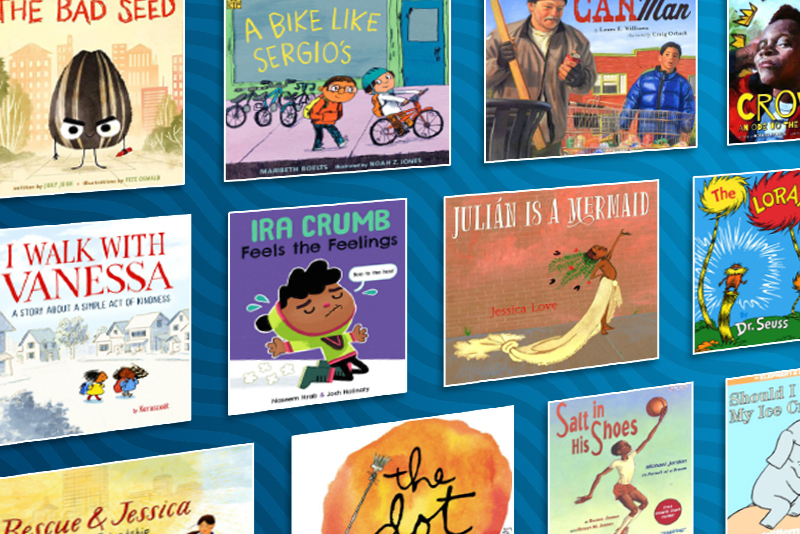

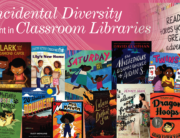
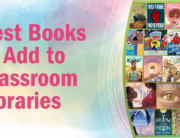
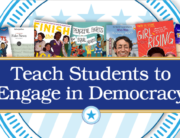
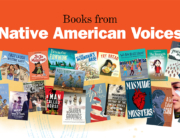
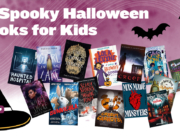
[…] out, many of you agree; individual comments from our survey participants when asked if they use books to teach SEL topics affirm that they […]